Dry Needling
Decrease Pain and Restore Mobility with Functional Dry Needling
Dry needling has become a very popular treatment option for acute and chronic pain as well as for muscular restrictions. Read on to learn more about this highly effective method of treatment.
What is dry needling?
According to the American Physical Therapy Association, dry needling is a skilled intervention performed by a physical therapist that uses a thin filiform needle to penetrate the skin and stimulate underlying myofascial trigger points, muscular and connective tissues for the management of neuromusculoskeletal pain and movement impairment.
In simple terms, Dry Needling is another tool PTs can use to restore function and efficiency in a muscle with the goal of reducing pain and improving muscle performance.
What can dry needling be used for?
Dry needling can be used where there are myofascial trigger points present.
Trigger points have been identified in numerous diagnoses including:
- Headaches
- Neck pain
- Sciatica and other radiculopathies
- Plantar fasciitis
- Joint dysfunction
- Disk pathology
- Tendonitis
- Craniomandibular dysfunction
- Migraines
- Tension-type headaches
- Carpal tunnel syndrome
- Computer-related disorders
- Whiplash associated disorders
- Spinal dysfunction
- Pelvic pain and other urologic syndromes
- Complex regional pain syndrome
- Nocturnal cramps
How is dry needling different from acupuncture?
Acupuncture: The needles are inserted into specific points that lie along meridians of the body through which the life force or “qi” flows. The goal is to restore normal flow of the life force.
Dry Needling: The insertion of the needle is based on the evaluation, the history and behavior of systems, pain patterns, posture, movement, muscular and articular function and functional and orthopedic tests. The needle is used to deactivate hyperirritable spots within the muscle. The goal is to decrease pain and restore function.
What does dry needling feel like and does it hurt?
This is a very subjective question that will elicit many different responses. Most people report the feeling of a deep pressure when the needle is inserted. Some report this sensation to be mild while others report it to be uncomfortable. These sensations vary depending on what muscle is being treated.
In ten years of using Dry Needling as a treatment for my patients, I have had less than a handful tell me that it is very painful. Many of us are conditioned to dislike needles, so often the unpleasentness is due more to the apprehension prior to the precedure then the dry needling itself.
How long does dry needling take?
Dry needling is a very quick procedure. Some muscles take less than 10 seconds while others take up to a minute. Some muscle groups respond well to electrical stimulation applied to the needles. This is direct stimulation to the muscles used for pain relief, muscle function and muscle retraining. When electrical stimulation is used the duration of each needle is usually about one minute.
What can I expect following dry needling?
The experience after dry needling can differ for each person. Side effects include discomfort and/or bruising at the puncture sites, increased pain at the treatment site, and changes to your energy level and mood. Side effects may not start until 12 hours after treatment, and can last up to two days. As with any medical treatment, it’s important to inform your Physical Therapist if these side effects continue.
How can I reduce side effects after dry needling?
- Increase fluid intake
- Perform light exercises or stretches
- Massage areas of discomfort
- Use an ice pack OR heat pad ONLY on non-bruised treated areas) for 15 to 20 minutes at a time for 24-48 hours
- Take over the counter medication such as Naproxen or Ibuprofen for mild pain or discomfort
What should I avoid immediately after dry needling?
- Starting any new physical activity
- Increasing activity level beyond normal
- Drinking alcohol
What are the risks of dry needling?
Dry needling has risks, as does any medical treatment. Serious risks are very rare.
-
- 1-3% of patients will experience drowsiness, tiredness or dizziness following treatment. If you experience this, it is recommended that you do not drive for at least an hour after the symptoms pass.
- 15-20% of patients will experience minor bleeding and bruising – this is considered normal.
- 60-70% of patients will experience temporary pain during and/or following the treatment.
- 0.3% of patients faint.
- 3% of patients will have their symptoms get worse following treatment. This is not necessarily a cause for concern, and is often a normal part of the healing process. Always discuss any increased pain with your PT.
- <.01% patients will have a serious side effect such as pneumothorax (lung collapse due to air inside the chest wall). The symptoms (shortness of breath on exertion, increased breathing rate, chest pain, dry cough, bluish discoloration of the skin, excessive sweating) may take several hours to develop. Seek emergency medicine immediately if you experience any of these symptoms.
- Nerves or blood vessel injury may result in pain, numbness or tingling. This is typically temporary and very rare.
- There is a .000005% risk of internal organ injury following this procedure. Despite the very low risk, you should only trust a Physical Therapist who is certified and experienced in Dry Needling.
